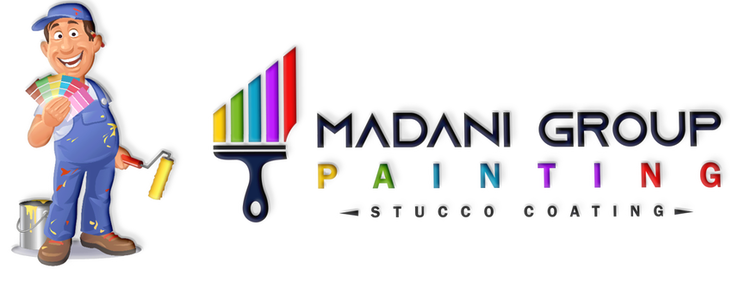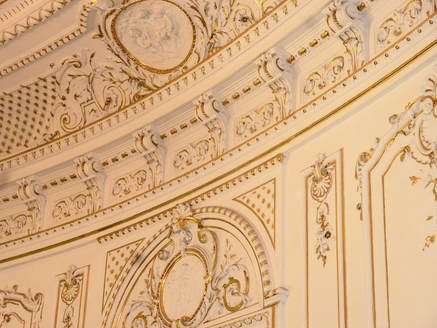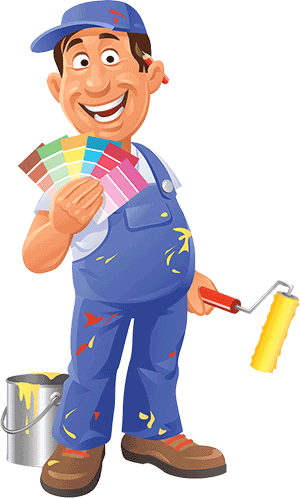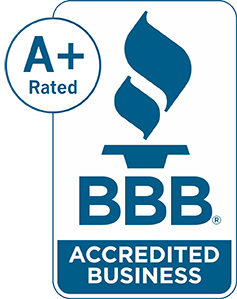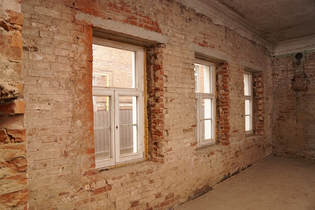
Getting your house painted (or re-painted) sometimes feels so rocket science. You have to decide on the color palette, architectural or minimalist design, and even the type of paint (flat, glossy, double finish). Let me offer a different option-stucco painting. "The what painting?"
If you are someone who hasn't heard about stucco painting or stucco finishing, don't worry about it. This is a relatively new way of thinking how to paint, both outside and the interior of your house. Let me give you a crash lesson.
Traditional Stucco
The word "stucco" literally means plaster in Italian. Stucco is applied pretty much like cement as it is wet but it dries to a hard mass. It has been used for many decorative wall and ceiling coatings, but its advantages are more than just aesthetics.
Traditional stucco (also known as hard coat stucco) was used extensively in the past for the main purpose of durability. The application consisted of three coats - scratch coat, the brown coat, and the finish coat. The first two coats are normally machine or hand-applied. And then the last coat is hand-finished. The one big advantage of hard coat stucco is that its porous meaning it inhibits the accumulation of moisture because it "breathes" allowing the precipitation to disappear.
Synthetic Stucco
This is a new technology for painting. Synthetic stucco (or sometimes called EIFS for Exterior Insulation & Finish Systems) not only covers walls much better than the hard coat, it is also longer lasting, which saves you potentially thousands of dollars. It is also composed of three main layers - insulation board (normally made out of polystyrene), the second layer coat to strengthen the fiberglass mesh (yup, fiberglass durability), and the final layer is the colored or the finish coat (for additional durability and this where the aesthetics come in).
This is becoming so popular these days because not only does it look like real stucco (it's not), it's much simpler to install (seriously), and it has cheaper materials (doesn't mean it's not quality though). And let me tell you that this is a pretty amazing upgrade over the traditional stucco.
Maintenance
As with all other things, regular cleaning and washing is the best maintenance method. You don't need any special chemicals or specialized soap, all you need is water and a little bit of regular bathroom soap to remove the dirt and grime.
Once you've washed it and rinsed it down, make sure you can see every area of the stucco finish. The reason for this is that you need to check for any hint of cracks or scratches because it might become a bigger issue if left unrepaired.
Consult An Expert Today
So if you still are not convinced that stucco is the way to go, then let the experts try to persuade you. Find a local painting company and ask for their expert painter's opinion concerning stucco painting and finishing.
Most companies offer a free assessment and consultation. Find one with the expertise and then ask around for testimonials. And most important of all, research and then research some more. As what I always say, do it right the first time.
If you are someone who hasn't heard about stucco painting or stucco finishing, don't worry about it. This is a relatively new way of thinking how to paint, both outside and the interior of your house. Let me give you a crash lesson.
Traditional Stucco
The word "stucco" literally means plaster in Italian. Stucco is applied pretty much like cement as it is wet but it dries to a hard mass. It has been used for many decorative wall and ceiling coatings, but its advantages are more than just aesthetics.
Traditional stucco (also known as hard coat stucco) was used extensively in the past for the main purpose of durability. The application consisted of three coats - scratch coat, the brown coat, and the finish coat. The first two coats are normally machine or hand-applied. And then the last coat is hand-finished. The one big advantage of hard coat stucco is that its porous meaning it inhibits the accumulation of moisture because it "breathes" allowing the precipitation to disappear.
Synthetic Stucco
This is a new technology for painting. Synthetic stucco (or sometimes called EIFS for Exterior Insulation & Finish Systems) not only covers walls much better than the hard coat, it is also longer lasting, which saves you potentially thousands of dollars. It is also composed of three main layers - insulation board (normally made out of polystyrene), the second layer coat to strengthen the fiberglass mesh (yup, fiberglass durability), and the final layer is the colored or the finish coat (for additional durability and this where the aesthetics come in).
This is becoming so popular these days because not only does it look like real stucco (it's not), it's much simpler to install (seriously), and it has cheaper materials (doesn't mean it's not quality though). And let me tell you that this is a pretty amazing upgrade over the traditional stucco.
Maintenance
As with all other things, regular cleaning and washing is the best maintenance method. You don't need any special chemicals or specialized soap, all you need is water and a little bit of regular bathroom soap to remove the dirt and grime.
Once you've washed it and rinsed it down, make sure you can see every area of the stucco finish. The reason for this is that you need to check for any hint of cracks or scratches because it might become a bigger issue if left unrepaired.
Consult An Expert Today
So if you still are not convinced that stucco is the way to go, then let the experts try to persuade you. Find a local painting company and ask for their expert painter's opinion concerning stucco painting and finishing.
Most companies offer a free assessment and consultation. Find one with the expertise and then ask around for testimonials. And most important of all, research and then research some more. As what I always say, do it right the first time.
